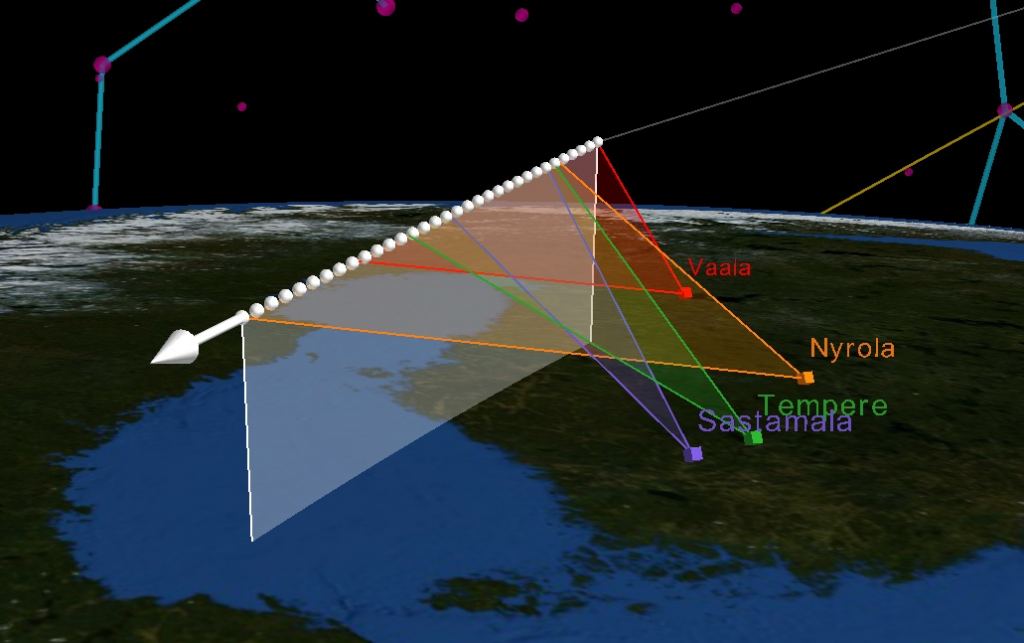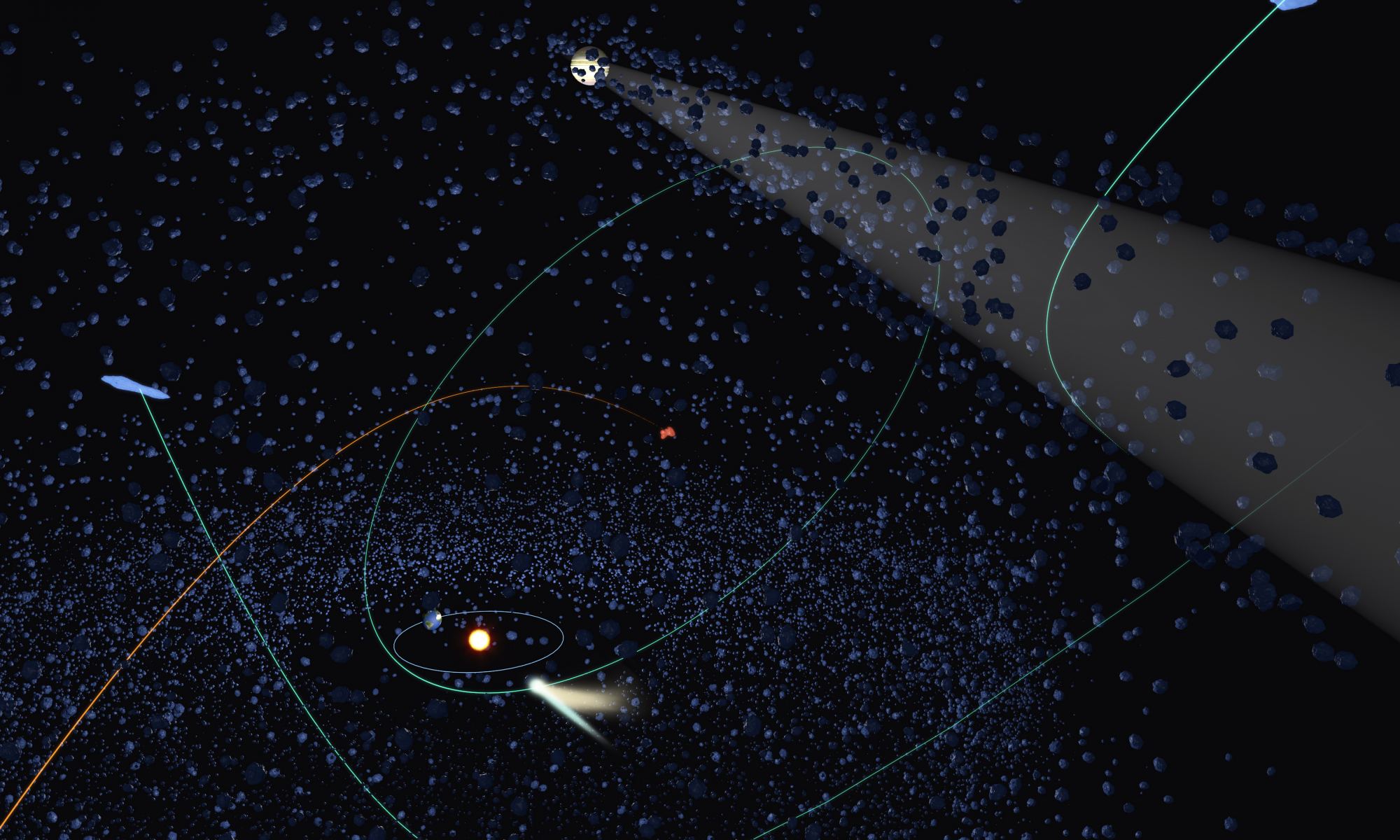Every now and then a comet or asteroid comes to our solar system from interstellar space. We have observed two interstellar objects in recent years, Oumuamua in 2017, and Borisov in 2019. One would assume then that in the past at least some interstellar objects have struck Earth. But we’ve never found an interstellar meteorite. A new study argues that this is because the Oort cloud is much more active than we thought.
The Oort cloud is a halo of icy material on the outermost edge of the solar system, where the Sun’s gravity is barely strong enough to hold them in a stellar orbit. When another star passes somewhat near the Sun, members of the Oort cloud can be nudged toward the inner solar system, where they can become long-period comets. We have never observed the Oort cloud, but we know it’s there because comets can approach the Sun from every direction, not just the orbital plane of the planets.
Astronomers can distinguish between Oort cloud objects and interstellar objects by their orbits. Interstellar objects have a hyperbolic orbit, meaning that if you traced their path purely under the gravitational influence of the Sun, it would continue on to interstellar space, never to return. Oort cloud objects, on the other hand, have an orbital path that is closed. They may travel to the most distant region of space, but they are gravitationally bound to the Sun.
Of course, some interstellar objects could make a close approach to Jupiter or another planet, where the gravitational tug of that world shifts it into a bound orbit. So some interstellar objects could appear similar to Oort cloud objects. The opposite chance encounter, where an Oort cloud object is nudged into a hyperbolic orbit, was thought to be much more rare.

We have observed some meteors with hyperbolic paths. By combining multiple images of a meteor path, we can calculate the path of entry into Earth’s atmosphere. In this study, the team looked at a meteor seen in Finland in 2022, which appeared to have a hyperbolic path. They found that based on the uncertainties of the observations, the meteor is statistically more likely to be a perturbed Oort cloud object rather than a true interstellar object. Applying the same statistics to six other hyperbolic meteors, they found four of them showed a similar statistical leaning toward being Oort objects. This would imply that most hyperbolic meteors are not interstellar.
Interstellar objects have still likely struck Earth, but more rarely than the initial data suggested. So our search for interstellar meteorites is going to be a challenge.
Reference: Peña-Asensio, Eloy, et al. “Oort cloud perturbations as a source of hyperbolic Earth impactors.” Icarus 408 (2024): 115844.

